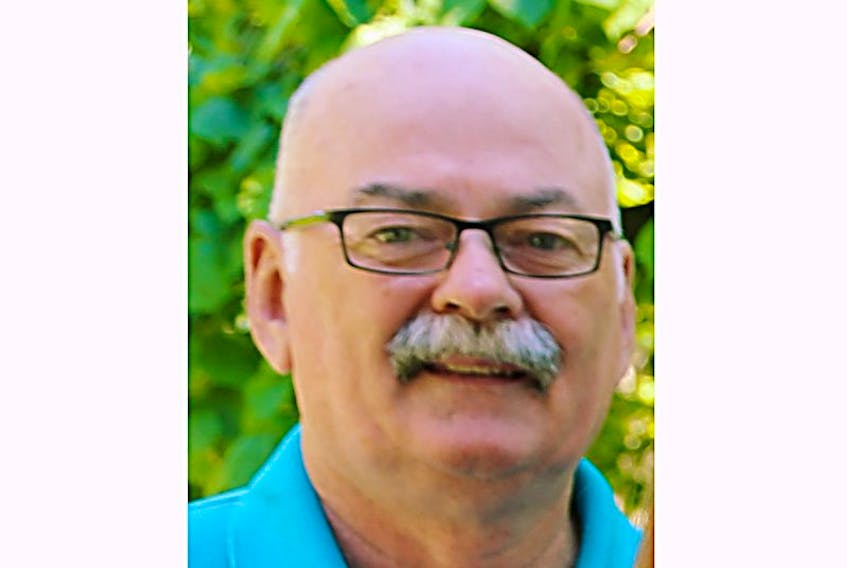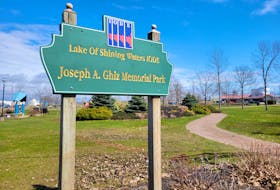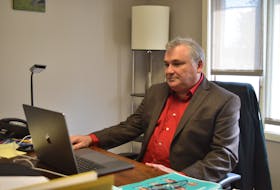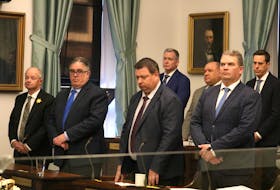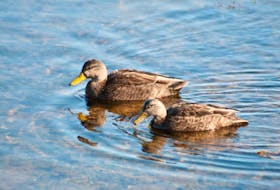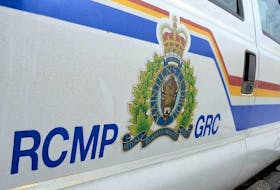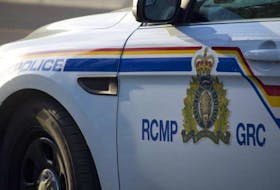However, the P.E.I. Watershed Alliance says the new formula provides greater transparency on how provincial funds are split up among the groups.
The annual $1.12 million from the province has a cap of $58,000 to each of the province’s watershed groups.
Ian Petrie, secretary of the Southeast Environment Association (SEA), said the formula results in the group receiving what members feel is an unfair amount for its large coverage area of about 731 square km.
“The way it works out is every other watershed is getting about $1.09 per hectare and we’re getting 80 cents,” said Petrie, adding that the difference equals about $21,000.
The group has since met with the alliance and province on the formula, which began this year.
Fred Cheverie, vice chairman of the P.E.I. Watershed Alliance, said the group assisted the province in deciding how funding would be accessed.
Although size dictates 50 per cent of the funding, Cheverie said the remainder sees 25 per cent based on performance, 12.5 per cent based on community involvement and 12.5 per cent based by leveraging funds from other sources.
However, the P.E.I. Watershed Alliance says the new formula provides greater transparency on how provincial funds are split up among the groups.
The annual $1.12 million from the province has a cap of $58,000 to each of the province’s watershed groups.
Ian Petrie, secretary of the Southeast Environment Association (SEA), said the formula results in the group receiving what members feel is an unfair amount for its large coverage area of about 731 square km.
“The way it works out is every other watershed is getting about $1.09 per hectare and we’re getting 80 cents,” said Petrie, adding that the difference equals about $21,000.
The group has since met with the alliance and province on the formula, which began this year.
Fred Cheverie, vice chairman of the P.E.I. Watershed Alliance, said the group assisted the province in deciding how funding would be accessed.
Although size dictates 50 per cent of the funding, Cheverie said the remainder sees 25 per cent based on performance, 12.5 per cent based on community involvement and 12.5 per cent based by leveraging funds from other sources.
“We have to put a cap on it somewhere, there’s only so much money to go around,” said Cheverie.
Although the formula will be examined periodically, Cheverie said the funding is now more transparent.
“I would double dare anybody in P.E.I. to come up with a better one,” he said. “It’s just a matter of there’s going to be adjustments for all watershed groups in terms of doing reporting and filling forms in how they can maximize their benefits.”
Cheverie said basing a portion of funding on leveraging also gives an incentive to secure other funds, whether from federal sources or private donations.
“Watershed organizations that get funds from other sources will increase their provincial funds.”
The SEA, whose coverage includes Boughton, Cardigan, Brudenell, Georgetown, Montague, Sturgeon and Murray Harbour, has just become eligible for provincial funding in the past two years.
Petrie, who has been involved since about 2009, said the group and Bedeque Bay were both previously ineligible for provincial funding because they received federal money.
However, those federal funds were also prohibited in application.
For example, funds had to go to initiatives such as surveying or climate change issues rather than in-stream work.
“We were caught in a conundrum,” said Petrie.
The groups received word about two years ago that they would no longer receive the federal funding and would now be eligible for provincial funding.
Petrie said the SEA is not “at war” with other watershed groups and felt the new model is more transparent. However, it wants to receive a fair level of funding.
“We just don’t want to be treated any differently, we’re getting less per hectare because we’re so large, which I guess is the irony of the thing,” said Petrie, who added his biggest concern is seeing discouragement among the community.
“That's the part I worry about, is that SEA has lost credibility with citizens because we’ve been talking about doing things over the past couple of years but haven’t been able to get them done.”

